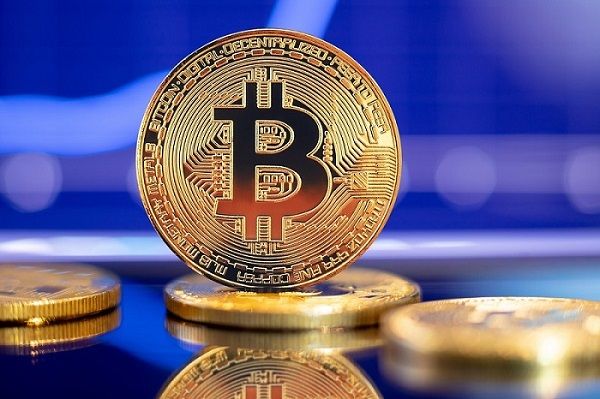US Dollar Index treads water above 98.00 ahead of Initial Jobless Claims

- The US Dollar Index holds ground after posting more than 0.5% losses on Wednesday.
- Trump considers White House economic adviser Kevin Hassett, former Fed Governor Kevin Warsh, and two other candidates for Fed Chairman.
- CME FedWatch tool indicates nearly a 95% possibility of a 25 basis point Fed rate cut in September.
The US Dollar Index (DXY), which measures the value of the US Dollar (USD) against six major currencies, is steadying after registering more than 0.5% losses in the previous session. The DXY is trading around 98.20 during the Asian hours on Thursday. The US weekly Initial Jobless Claims will likely be eyed later in the North American session.
Traders look for further developments surrounding the next US Federal Reserve (Fed) Chairman. US President Donald Trump announced on Tuesday that he will appoint the Fed’s Chair and Kugler’s replacement by the end of the week. Trump is considering White House economic adviser Kevin Hassett, former Fed Governor Kevin Warsh, and two other candidates for the Fed’s highest post. He confirmed that Treasury Secretary Scott Bessent is not his choice for the Fed’s Chair.
The US Dollar faced challenges as the weaker-than-expected US Nonfarm Payrolls (NFP) report for July pointed to a cooling labor market and boosted expectations that the US Federal Reserve (Fed) will deliver a 25 basis point rate cut in September. Markets have priced in nearly a 95% possibility of a 25 basis point (bps) cut at the September meeting, up from 48% a week ago, according to the CME FedWatch tool.
Federal Reserve Bank of San Francisco President Mary Daly said on Wednesday that the Fed still has some ground to cover on its fight with inflation pressures despite overall progress. Daly highlighted that the Fed may be forced to act soon without having the full picture.
Moreover, Boston Fed President Susan Collins and Fed Board of Governors member Lisa Cook cautioned that persistent uncertainty remains a major obstacle to effective policy transmission and challenges the central bank’s ability to manage interest rates efficiently.
US Dollar FAQs
The US Dollar (USD) is the official currency of the United States of America, and the ‘de facto’ currency of a significant number of other countries where it is found in circulation alongside local notes. It is the most heavily traded currency in the world, accounting for over 88% of all global foreign exchange turnover, or an average of $6.6 trillion in transactions per day, according to data from 2022. Following the second world war, the USD took over from the British Pound as the world’s reserve currency. For most of its history, the US Dollar was backed by Gold, until the Bretton Woods Agreement in 1971 when the Gold Standard went away.
The most important single factor impacting on the value of the US Dollar is monetary policy, which is shaped by the Federal Reserve (Fed). The Fed has two mandates: to achieve price stability (control inflation) and foster full employment. Its primary tool to achieve these two goals is by adjusting interest rates. When prices are rising too quickly and inflation is above the Fed’s 2% target, the Fed will raise rates, which helps the USD value. When inflation falls below 2% or the Unemployment Rate is too high, the Fed may lower interest rates, which weighs on the Greenback.
In extreme situations, the Federal Reserve can also print more Dollars and enact quantitative easing (QE). QE is the process by which the Fed substantially increases the flow of credit in a stuck financial system. It is a non-standard policy measure used when credit has dried up because banks will not lend to each other (out of the fear of counterparty default). It is a last resort when simply lowering interest rates is unlikely to achieve the necessary result. It was the Fed’s weapon of choice to combat the credit crunch that occurred during the Great Financial Crisis in 2008. It involves the Fed printing more Dollars and using them to buy US government bonds predominantly from financial institutions. QE usually leads to a weaker US Dollar.
Quantitative tightening (QT) is the reverse process whereby the Federal Reserve stops buying bonds from financial institutions and does not reinvest the principal from the bonds it holds maturing in new purchases. It is usually positive for the US Dollar.







